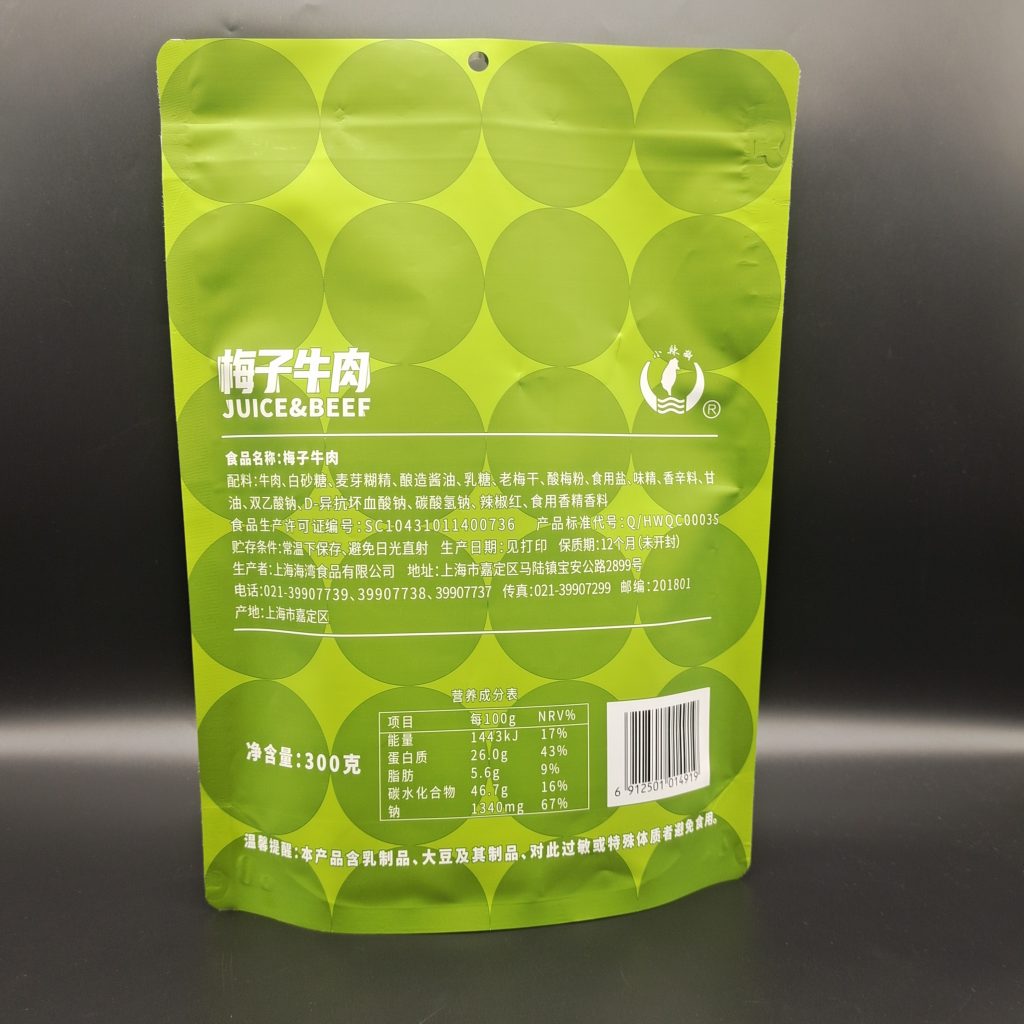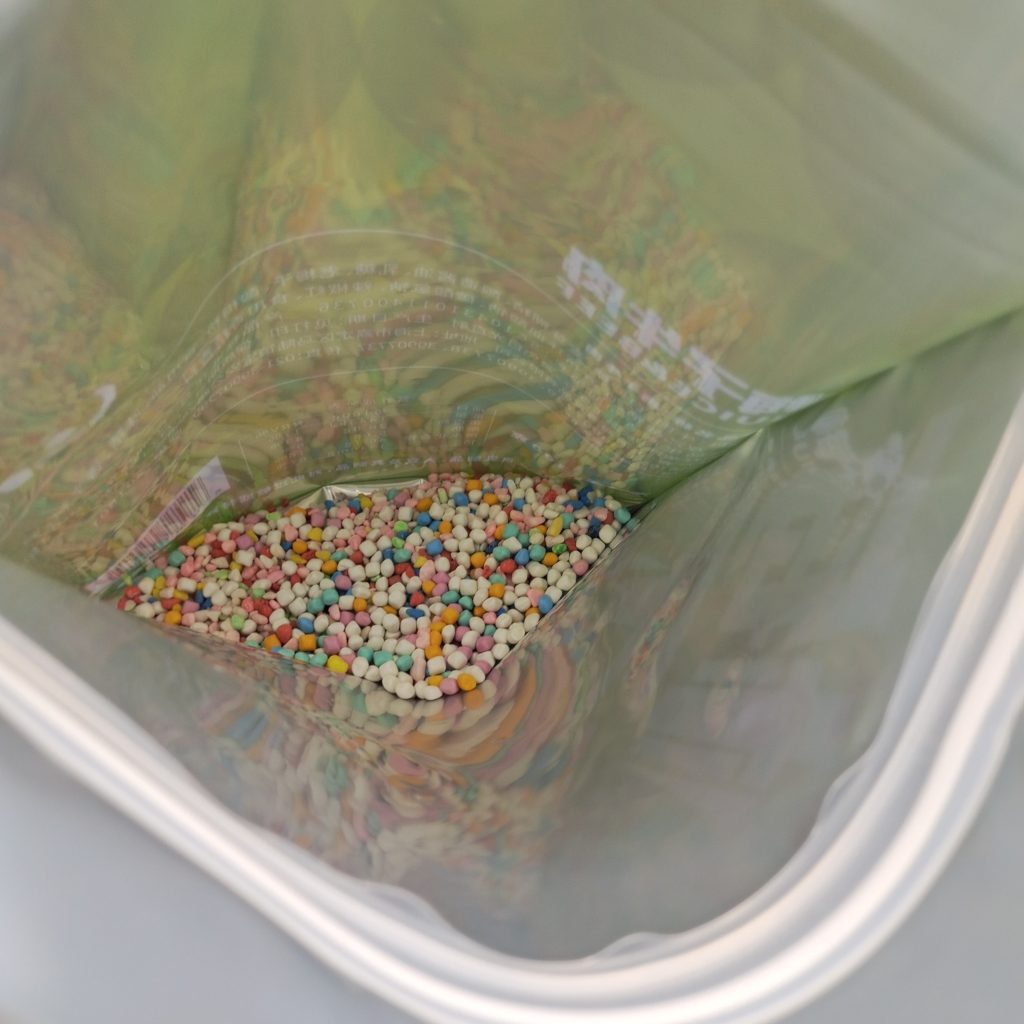Material Selection for Ready-to-Eat Food Packaging: A Focus on Kexin Packaging
In the packaging industry, selecting the right materials for ready-to-eat food packaging (RTE) is critical for ensuring product safety, quality, and shelf life. Ready-to-eat food packaging must protect the contents from contamination, maintain freshness, withstand processing conditions, and meet regulatory standards.
As one of the leaders in the packaging industry, Kexin Packaging is known for providing innovative and reliable packaging solutions that meet the stringent demands of the food industry. This article will explore the various materials used in RTE food packaging and discuss how Kexin Packaging addresses the specific needs of this sector.
1. Key Considerations for Material Selection
When selecting materials for RTE food packaging bags, several factors must be considered:
Barrier Properties: The materials need to provide a strong barrier against oxygen, moisture, and light to preserve the food’s flavor, texture, and nutritional value. Oxygen exposure can cause oxidation, leading to spoilage, while moisture can promote microbial growth. Packaging materials with excellent barrier properties are essential for extending shelf life and maintaining product quality.
Heat Resistance: Many RTE foods undergo processes like sterilization or pasteurization, where the packaging is exposed to high temperatures. Packaging materials must be able to withstand these temperatures without compromising the integrity of the bag or the safety of the food inside.
Durability: RTE food packaging must be durable enough to endure handling during transportation, storage, and distribution. The material should resist tearing, puncturing, or cracking.
Sustainability: With growing awareness of environmental concerns, many consumers and companies like Kexin Packaging are shifting toward more sustainable packaging materials. Recyclability, biodegradability, and minimal environmental impact are becoming increasingly important factors in material selection.
Compatibility with Printing: RTE food packaging often serves as a marketing tool, with product branding, nutritional information, and usage instructions printed on the packaging. Materials should allow for high-quality printing to create appealing packaging.



2. Common Materials Used in RTE Food Packaging
Several materials are commonly used in the production of RTE food packaging bags, and each has specific advantages based on the requirements mentioned above.
a. Polyethylene (PE)
Polyethylene is one of the most widely used materials in flexible food packaging. Its properties vary depending on whether low-density (LDPE) or high-density (HDPE) polyethylene is used. LDPE offers excellent flexibility and heat sealability, making it ideal for creating leak-proof packaging. HDPE provides more durability and a stronger barrier against moisture.
Kexin Packaging often uses PE in multilayer film structures for RTE food products, where flexibility and heat-sealing capabilities are paramount. In particular, it’s ideal for vacuum-sealed RTE products that need airtight packaging.
b. Polypropylene (PP)
Polypropylene is known for its excellent heat resistance, which makes it ideal for packaging that undergoes heat sterilization. It also offers good barrier properties against moisture and grease, which is crucial for foods like sauces, soups, and other liquid or semi-liquid RTE meals.
Kexin Packaging uses PP for packaging that requires retort processing, where the food is subjected to high heat. PP maintains its integrity during this process, ensuring that the packaging remains durable and the food stays fresh.
c. Polyamide (PA or Nylon)
Polyamide is a strong, flexible material with excellent mechanical properties, including high puncture resistance. It also offers a good barrier to gases and aromas, which makes it ideal for packaging products that need to maintain their flavor and freshness for extended periods.
Kexin Packaging frequently incorporates nylon into its packaging solutions for RTE meat products, as it helps to prevent the packaging from being damaged by bones or other sharp objects within the food.
d. Ethylene Vinyl Alcohol (EVOH)
EVOH is an excellent barrier material, particularly against oxygen. It’s often used as part of a multilayer structure to enhance the overall barrier properties of the packaging. EVOH is commonly paired with materials like PE or PP to provide the necessary strength and heat sealability.
For RTE foods that are prone to oxidation, such as vacuum-packed meals or snack foods, Kexin Packaging includes EVOH in the packaging material to extend shelf life while maintaining product quality.
e. Aluminum Foil
Aluminum foil is often used in high-barrier applications due to its impermeability to light, moisture, and gases. It’s particularly effective for products that require long-term storage and protection from external elements. However, aluminum foil is typically combined with plastic layers to provide flexibility and seal strength.
For high-end, long-shelf-life RTE products, Kexin Packaging may integrate aluminum foil into the packaging to provide maximum protection, particularly for products that need to be stored in varying environmental conditions.
f. Sustainable Materials
With sustainability being a significant trend in the packaging industry, Kexin Packaging is also exploring environmentally friendly options. This includes the use of biodegradable plastics or compostable materials like PLA (Polylactic Acid) derived from renewable resources. These materials provide a more eco-conscious solution while still delivering the necessary performance characteristics.
3. Kexin Packaging’s Role in Innovation and Quality
As a key player in the packaging industry, Kexin Packaging is dedicated to providing customized solutions that meet the specific needs of the RTE food market. The company focuses on innovation by developing packaging that not only meets functional requirements but also aligns with evolving consumer preferences for sustainability and convenience.
By working closely with food manufacturers, Kexin Packaging ensures that its materials and designs meet all regulatory standards and food safety requirements. Additionally, the company continually invests in research and development to improve the performance of its packaging materials, ensuring that RTE products remain fresh, safe, and visually appealing from production to consumption.
Conclusion
Material selection for ready-to-eat food packaging is a complex process that requires careful consideration of barrier properties, heat resistance, durability, and sustainability. Companies like Kexin Packaging play a crucial role in developing packaging solutions that meet these requirements while offering innovative and environmentally friendly options. Through the use of materials like PE, PP, nylon, EVOH, and even sustainable alternatives, Kexin Packaging is helping shape the future of RTE food packaging to meet the demands of both consumers and manufacturers.
You can visit our website to know more about our flexible packaging pouch:
